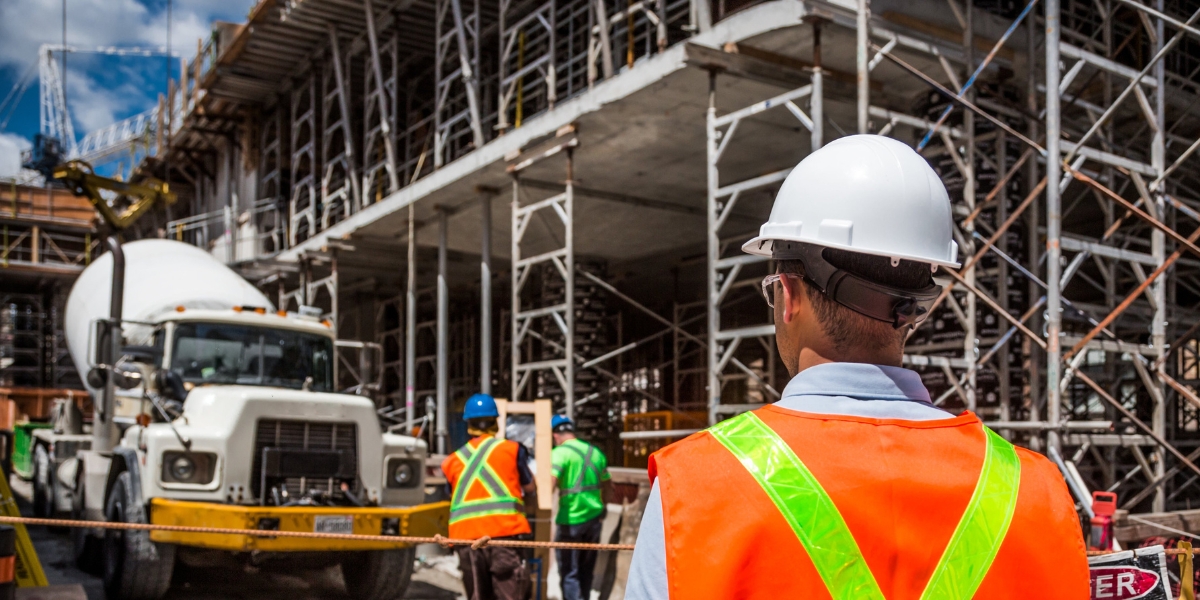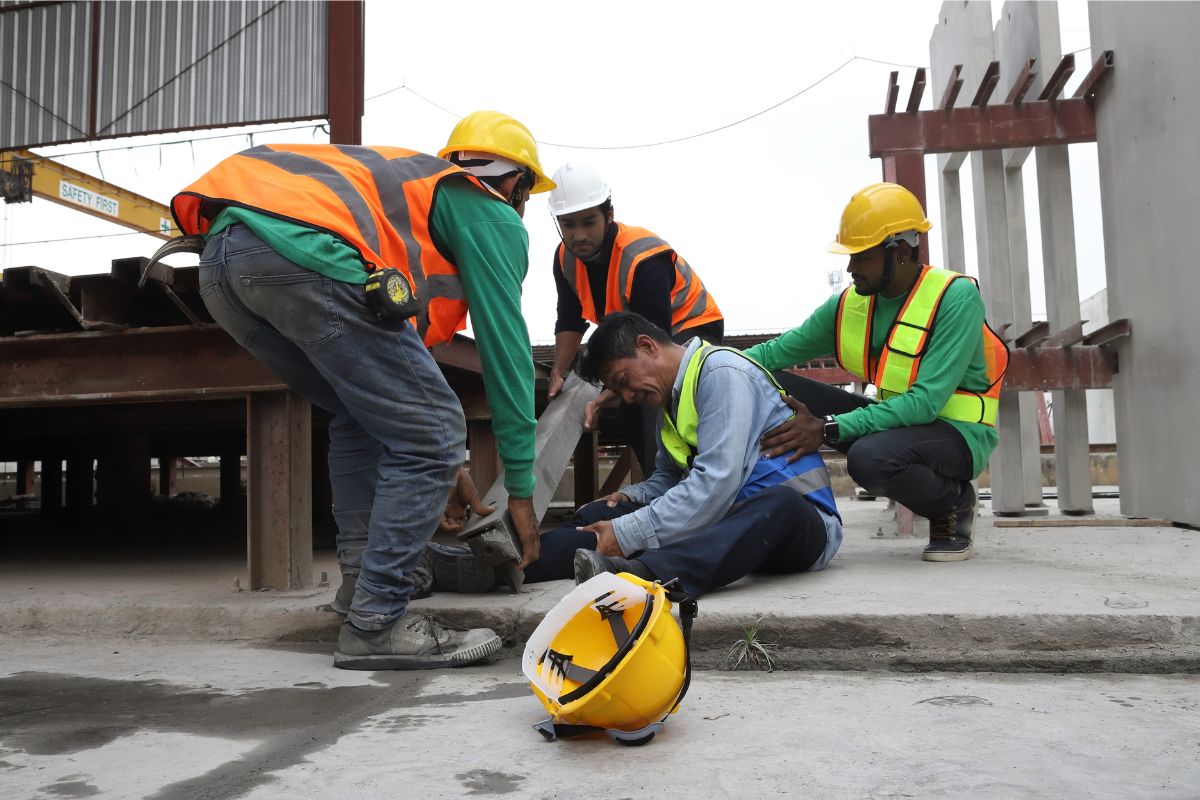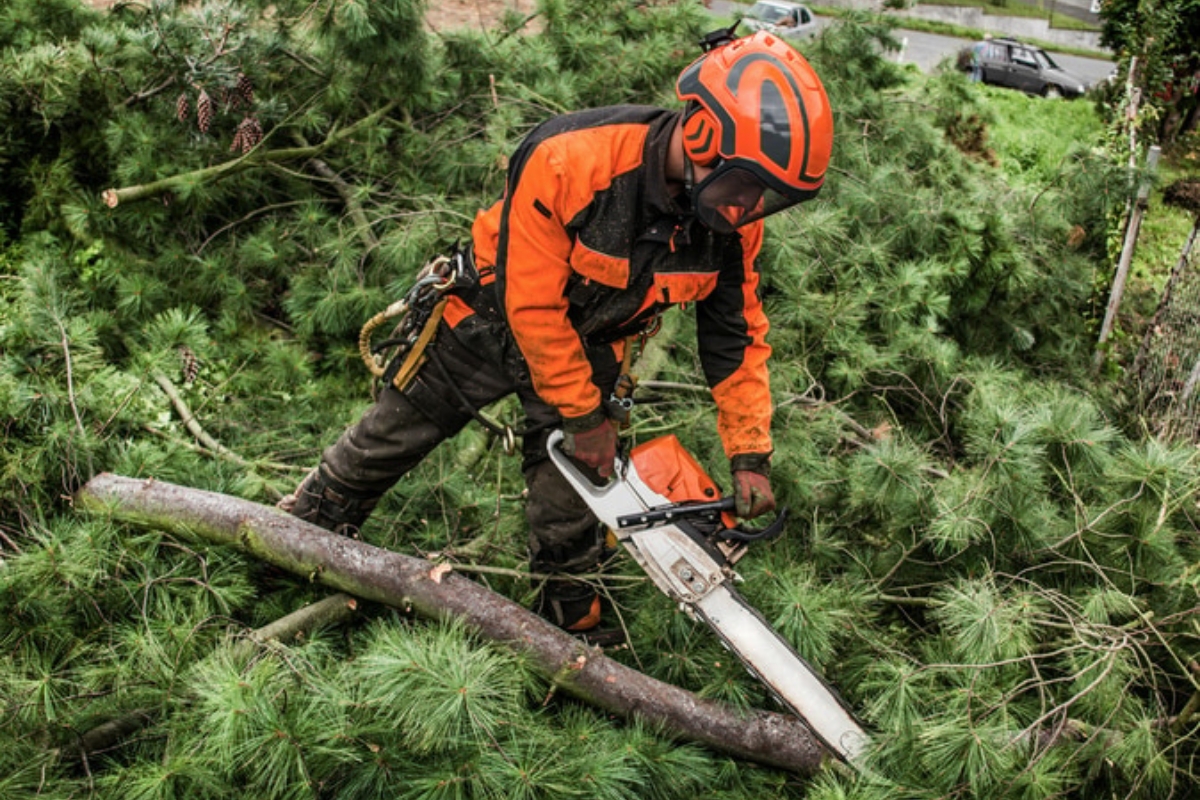
Construction sites are bustling hubs of activity, but they can also be dangerous environments. With heavy machinery, high heights, and numerous tasks happening simultaneously, the risk of injuries looms large.
It’s crucial for every worker to recognize the potential hazards and the top safety violations that can lead to accidents. Ignoring safety protocols not only endangers individuals but can also result in serious legal consequences for employers.
Understanding the common safety violations on construction sites is the first step toward creating a safer work environment. From inadequate training to improper use of personal protective equipment (PPE), these issues can have devastating consequences.
By addressing these violations head-on, workers and supervisors can foster a culture of safety that prioritizes well-being. So, whether you’re a seasoned professional or just starting in the industry, let’s dive into the top safety violations that lead to construction site injuries and explore how to prevent them effectively. Together, we can build a safer future on the job!
Lack of Proper Personal Protective Equipment (PPE)
Personal Protective Equipment (PPE) plays a crucial role in safeguarding workers on construction sites. It includes gear such as helmets, gloves, goggles, and safety boots designed to protect against specific hazards. Each type of PPE serves a unique purpose, such as protecting the head from falling objects or shielding the eyes from harmful debris. Ensuring that every worker wears the appropriate PPE significantly reduces the risk of injuries.
When workers neglect to use the right PPE, they expose themselves to serious consequences. Injuries sustained from accidents without adequate protection can result in long-term health issues, costly medical bills, and even fatalities. Employers must enforce PPE requirements strictly, as a lack of compliance can lead to severe legal repercussions. In cases where negligence occurs, construction site accident lawyers can provide crucial support to injured workers seeking justice.
Inadequate Training and Supervision
Proper training and supervision are foundational to maintaining safety on construction sites. Comprehensive training programs equip workers with the necessary skills and knowledge to perform their jobs safely. When training is insufficient, workers may not recognize hazards, leading to preventable accidents.
Additionally, lack of supervision can further compound these risks. Without experienced oversight, inexperienced workers may engage in unsafe practices, unaware of the potential dangers. Construction companies should prioritize ongoing training and establish mentoring systems to promote safety awareness.
In instances where accidents occur due to inadequate training, construction site accident lawyers can help victims pursue claims for damages. This legal support emphasizes the importance of accountability in fostering a safe working environment.
Unsafe Use of Equipment and Machinery
The construction industry relies heavily on various equipment and machinery to complete projects efficiently. However, improper use of these tools can lead to serious injuries. Common safety violations include failing to follow operational guidelines, neglecting safety features, and using equipment without proper training.
Regular maintenance and inspections of machinery are essential to ensure safety. Faulty equipment can malfunction and cause accidents, resulting in injuries that may have been preventable. For example, improper lifting techniques or ignoring load limits can lead to catastrophic accidents on site.
Companies must implement strict safety protocols, including regular training sessions focused on equipment use. This proactive approach can significantly reduce the risk of equipment-related injuries, promoting a safer working environment for everyone involved.
Poor Site Management and Housekeeping
Effective site management is critical to ensuring safety on construction sites. A cluttered or disorganized workspace can create significant hazards for workers. Loose materials, tools left in walkways, and unmarked hazards can lead to slips, trips, and falls.
Maintaining clear walkways and organized work areas reduces these risks. Regular inspections and housekeeping checks help identify and address potential hazards before they result in accidents. Implementing a culture of accountability among workers encourages everyone to participate in site management efforts.
By prioritizing effective site management, construction companies can significantly enhance overall safety, minimizing the risk of injuries and accidents.
Failure to Implement Fall Protection Measures
Falls are among the leading causes of injuries and fatalities in the construction industry. Statistics reveal that falls account for a significant portion of construction site accidents. Common fall hazards include unguarded edges, scaffolding mishaps, and improper ladder usage.
To combat these dangers, implementing robust fall protection measures is crucial. Workers should use harnesses, guardrails, and safety nets whenever working at heights. Additionally, companies must provide training on recognizing fall hazards and the proper use of safety equipment.
By adopting best practices for fall protection, construction sites can reduce the incidence of fall-related injuries, ensuring the safety of their workers.
Ignoring Safety Regulations and Guidelines
Adherence to safety regulations is paramount for construction sites. The Occupational Safety and Health Administration (OSHA) sets forth essential guidelines to protect workers from hazardous conditions. Compliance with these regulations not only ensures worker safety but also shields employers from legal repercussions.
Ignoring safety guidelines can lead to catastrophic consequences. Injuries sustained due to regulatory violations can result in significant penalties for employers, and workers may seek compensation for their suffering.
Understanding and implementing OSHA regulations is essential for fostering a culture of safety. Construction site accident lawyers can assist workers in navigating the legal landscape when seeking compensation for injuries resulting from safety violations.
Construction sites should prioritize safety to protect workers and minimize injuries. By addressing the common safety violations we’ve explored, companies can create a safer environment for everyone involved. Remember, proactive measures like proper training, effective PPE usage, and compliance with regulations play a crucial role in preventing accidents. If you or someone you know has been injured due to negligence on a construction site, consider reaching out to an experienced construction site accident attorney for guidance and support.




